MEMS & Piezoelectric Devices Blog Posts
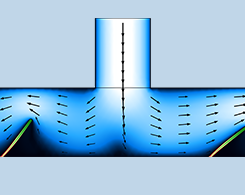
Simulating a Valveless Micropump Mechanism
Valveless micropumps are integral to many microfluidic systems. Simulation can be used to study the fluid–structure interaction occurring in these components to improve their performance.

Model Variations of a Comb-Drive Tuning Fork Rate Gyroscope
Explore 3 gyroscope models to see the benefits of equation-based modeling, how modeling can capture the impact of manufacturing variations, and more.

Modeling Electromigration in COMSOL Multiphysics®
Computers, smartphones, and other devices rely on integrated circuits. Over time, an interconnect can experience damage due to electromigration. Explore how to model this phenomenon here.
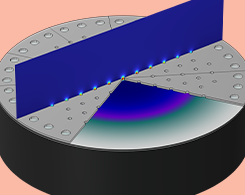
Taking a Closer Look at MEMS Technology with COMSOL Multiphysics®
Explore the benefits that MEMS bring to microphones and how modeling and simulation can help make the design process of MEMS microphones more efficient.

Developing Better Resonators for CMOS Technology
Sub-GHz technologies are used by the billions for home automation, infrastructure monitoring, and more. This growing demand calls for optimally designed RF filters and resonators.
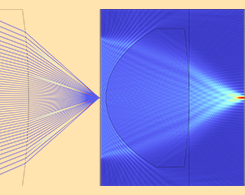
How to Use the New Spatial FFT Feature for Applications in Optics
COMSOL Multiphysics® version 6.0 includes the new Spatial FFT feature. Learn how this feature can be used in applications in optics here.
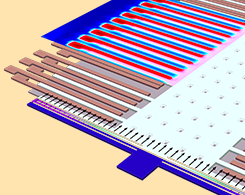
Simulating MEMS Accelerometers and Gyroscopes Used in Inertial Measurement Units
Many autonomous vehicles rely on IMUs for navigation. Here, we show how the MEMS Module can help you model the gyroscopes and accelerometers used in IMUs.
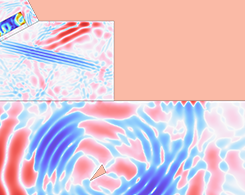
Modeling Piezoelectricity Using the Discontinuous Galerkin Method
COMSOL Multiphysics® version 6.0 introduced a feature for modeling piezoelectric devices that is more convenient than alternative methods. Here’s how to use it in your models.
